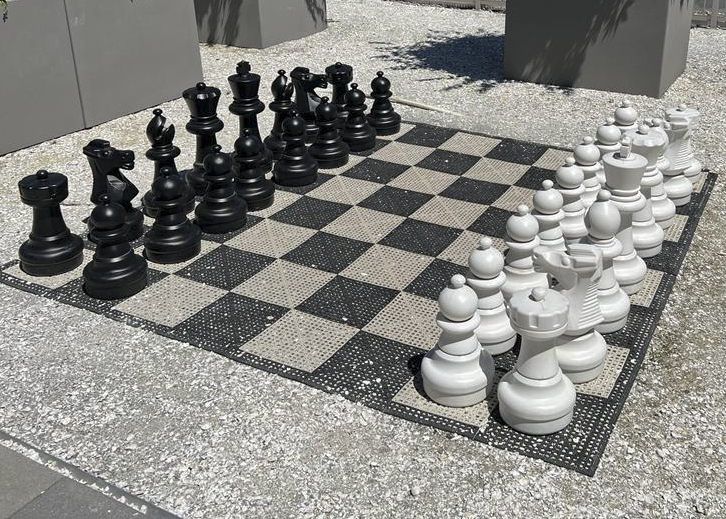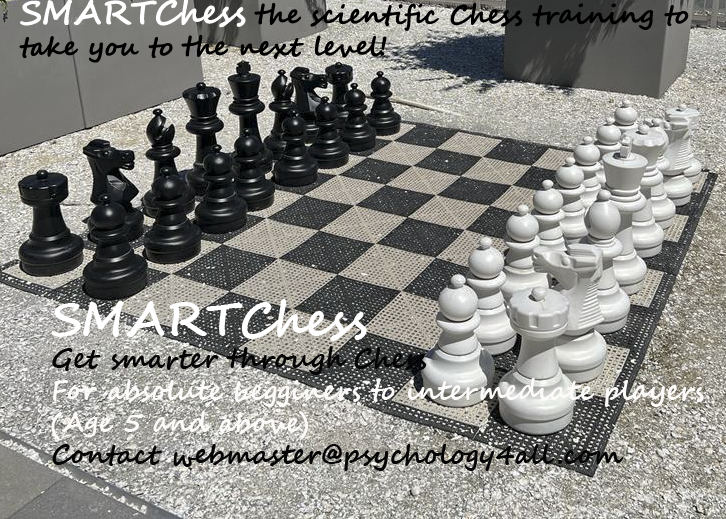Welcome
- Details
- Hits: 6110
WELCOME TO www.psychology4all.com
www.Psychology4All.Com is the only website that has content on Western, Eastern and Holigrative approaches to Psychology. It is useful to all categories of people.
Currently there are pages on Western Psychology, Holigrative Psychology and an Introduction to Oriental Psychology. Other branches shall be made available soon.
Visit every now and then to get quality info on personal growth, mind, personality and so on. You are invited to suggest topics you want to read in this site.
SMARTChess
- Details
- Hits: 5271
Get Smarter through Chess
- For absolute beginners to intermediate level players
- Age 5 and above
- SMARTChess: The Scientific Chess Training To Take You To The Next Level.

Contact :
Psychology4all YouTube Channel (Malayalam മലയാളം)
- Details
- Hits: 5792
Channel Link : Psychology4All - YouTube
Secrets of Psychics
Psychology4all Youtube Channel (Malayalam മലയാളം)


